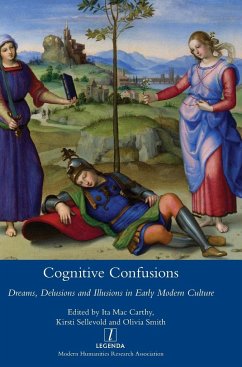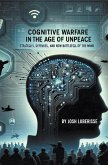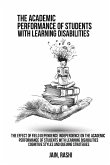A distinctively human aspect of the mind is its ability to handle both factual and counterfactual scenarios. This brings enormous advantages, but we are far from infallible in monitoring the boundaries between the real, the imaginary and the pathological. In the early modern period, particularly, explorations of the mind's ability to roam beyond the factual became mainstream. It was an age of perspective art, anamorphism and optical illusions; of prophecy, apocalyptic dreams, and visions; and of fascination with the supernatural. This volume takes a fresh look at early modern understandings of how to distinguish reality from dream, or delusion from belief. Opening with cognitivist and philosophical perspectives, Cognitive Confusions then examines test cases from across European literature, providing an original documentation of the mind in its most creative and pathological states.
Hinweis: Dieser Artikel kann nur an eine deutsche Lieferadresse ausgeliefert werden.
Hinweis: Dieser Artikel kann nur an eine deutsche Lieferadresse ausgeliefert werden.








